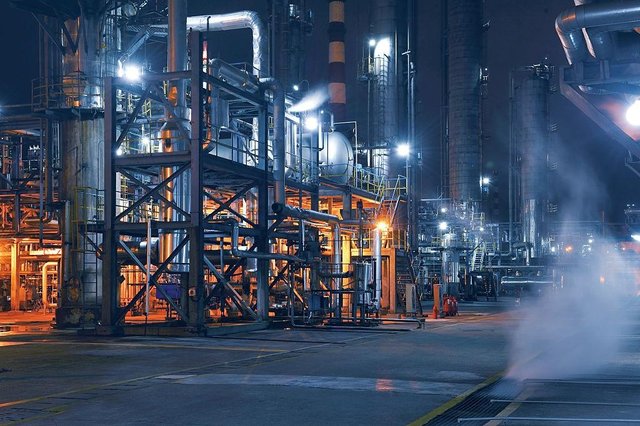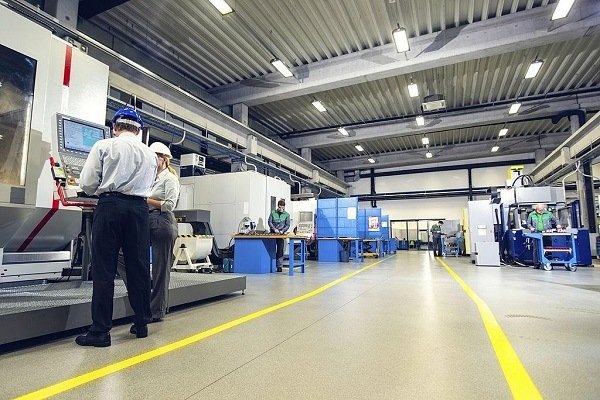Industrial Oil Mist Collector Types and Their Applications

Particle Size Affects Industrial Oil Mist Collectors Types
Oil mists that pervade the interior of a facility can be dangerous and injurious to worker health. Oil mists vary in particle size and as such, affect the type of oil mist collector that provides maximum collection efficiency. These particles range from fine to coarse. Keep in mind that OSHA and U.S. EPA regulate the allowable particle size to avoid worker inhalation and prevent oil mist particulate from entering the internal and external atmosphere. When oil mists are exposed to high temperatures, they are known to cause smoke as oil burn off occurs.
Oil Mist Collector Compatibility with Type of Oil Collected
An oil mist collector should be compatible with the type of oil collected since some oil mists originate as VOCs. VOCs are identifiable through the oil manufacturer's Material Safety Data Sheet (MSDS). VOCs are oil substances that include cooking oils, lubricating oils for mechanical and industrial use and essential oils that evaporate into the atmosphere easily at ambient temperatures.

Industrial Mist Collectors Types and Applications
In industrial machining facilities, an industrial mist collector removes oil mist from the process of cutting, fabricating and finishing metal parts and sheet metal. These facilities produce parts for the automotive, aeronautical and CNC (Computer Numerical Control) machine shops that design and fabricate parts and industrial equipment for manufacturing facilities. These are just a few of the industrial applications that require oil mist collectors. The basic operation of an industrial oil mist collector is to extract oil mist through an engineered filtration design system. An oil mist collector design includes flow rate, pressure drop and efficiency adapted to particulate size and oil composition. The mist type also includes viscosity and surface tension as part of the removal process of industrial oil mists in accordance with compliance regulations. The basic engineered design of an industrial oil mist collector includes: . Pump . Piping system for delivery . Fluid reservoir and fluid clarifier . The specific application method for the type of oil and collection specifications . Machine distribution piping . Tooling . Shedding . Machine return In some instances, industrial facility managers determine that an exhaust venting system and vent hood are also necessary for optimal removal. It is also important to note that metals, some plastics and heating and cooling systems (HVAC) require oil and create oil mists. Whenever a process requires oil as a lubricant to prevent equipment or machine damage, the workplace and facility should be tested for levels of oil mist found in the atmosphere.
Oil Mist Collectors Details
Oil mist collectors vary in structural size. In most cases, an industrial mist collector for oil can be the size of a large industrial refrigerator. It will usually be designed with metal cabinetry. It may be stand alone or it may be connected to a full industrial collection system that includes dust and smoke. In order for the oil mist collector to provide maximum efficiency and maintain manufacturers' recommended operation, filters should be changed and regular efficiency inspections and testing should be performed.